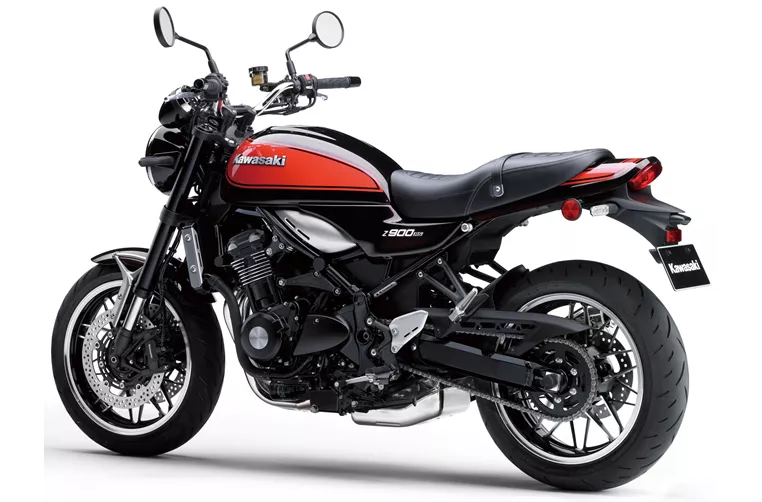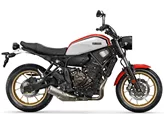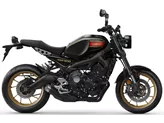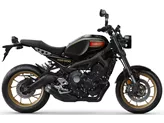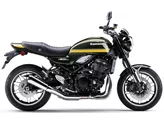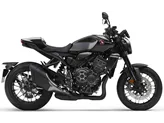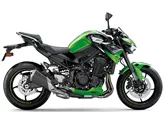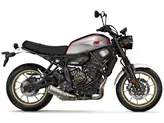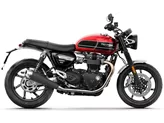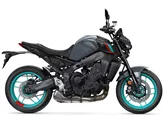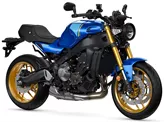Yamaha XSR900 2016 vs. Kawasaki Z900 RS 2018

Yamaha XSR900 2016
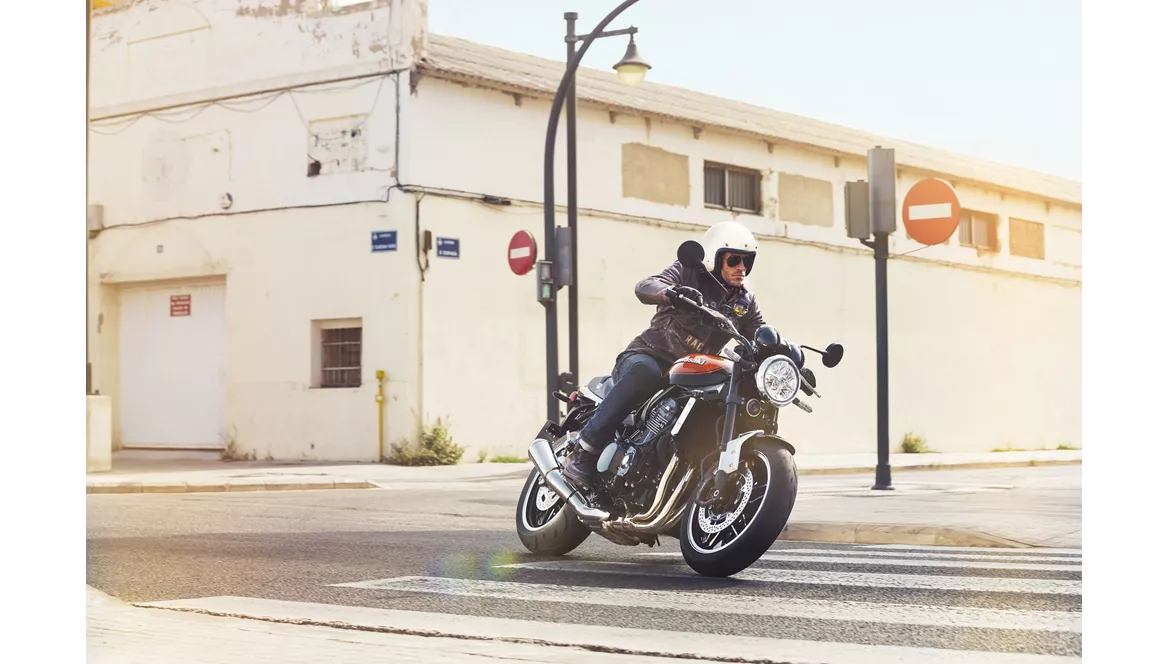
Kawasaki Z900 RS 2018
Vue d’ensemble - Yamaha XSR900 2016 vs Kawasaki Z900 RS 2018
The Yamaha XSR900 2016 and the Kawasaki Z900 RS 2018 are both naked bikes with similar engine types, in line, and liquid cooling. However, there are some notable differences between the two models.
In terms of engine power, the Yamaha XSR900 2016 has a slight advantage with 115 HP compared to the Kawasaki Z900 RS 2018's 111 HP. The torque is also higher on the Yamaha XSR900 at 87.5 Nm compared to the Kawasaki Z900 RS's 98.6 Nm. The Yamaha XSR900 has 3 cylinders while the Kawasaki Z900 RS has 4 cylinders, which may result in a smoother power delivery for the latter.
Both bikes have upside-down telescopic forks for the front suspension and swing arm with a monoshock for the rear suspension. The chassis of the Yamaha XSR900 is made of aluminum and has a twin tube frame, while the Kawasaki Z900 RS has a steel frame with a tubular design. This may result in differences in weight and handling characteristics.
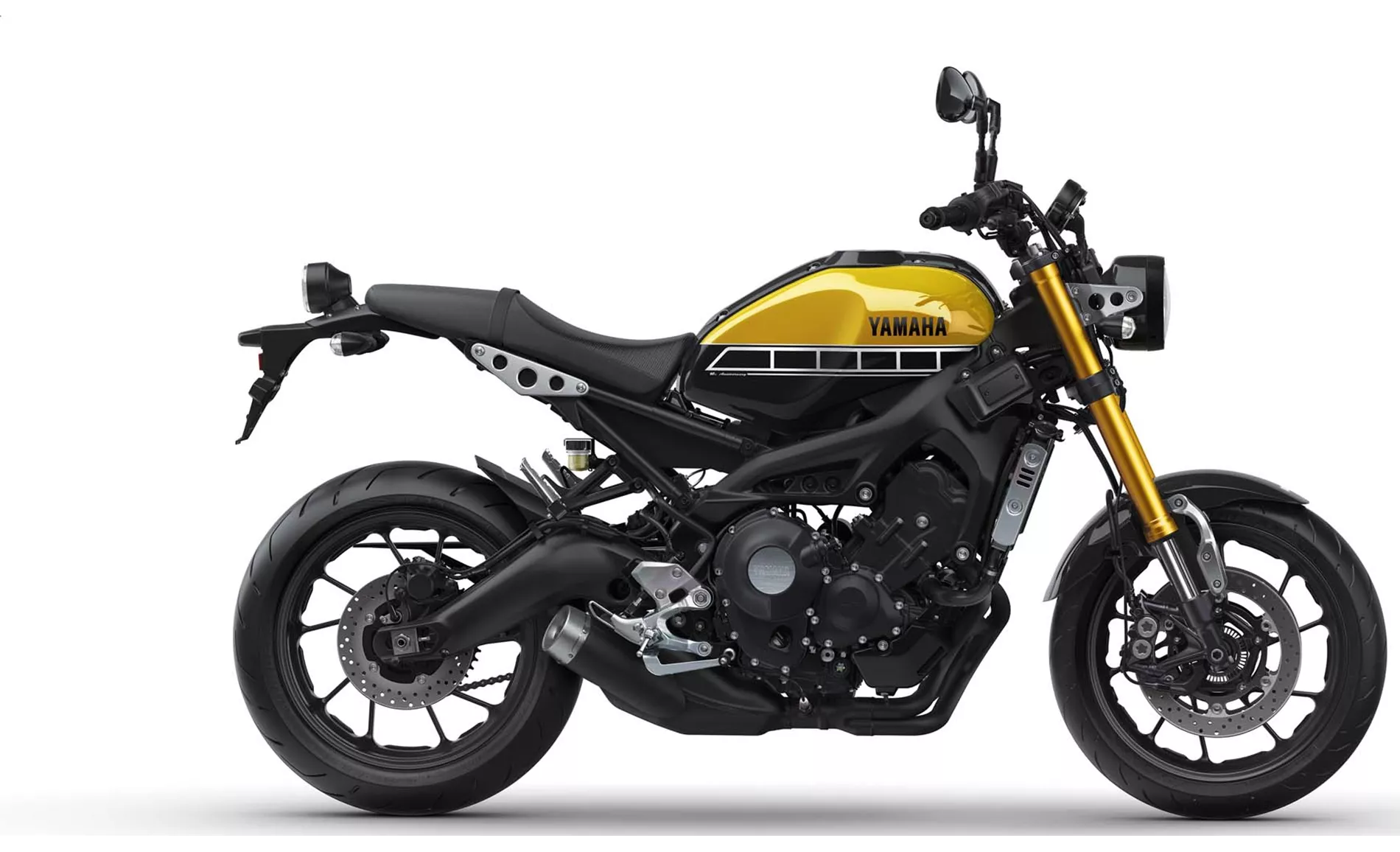
Yamaha XSR900 2016
In terms of braking, both bikes have double disk brakes at the front with similar diameters. The Yamaha XSR900 has a front tire width of 120 mm and a rear tire width of 180 mm, while the Kawasaki Z900 RS has the same tire widths. Both bikes have a 17-inch front and rear tire diameter.
The Yamaha XSR900 has a wheelbase of 1440 mm, a seat height of 815 mm, and a kerb weight of 191 kg with ABS. On the other hand, the Kawasaki Z900 RS has a slightly longer wheelbase of 1470 mm, a higher seat height of 835 mm, and a higher kerb weight of 215 kg with ABS. The fuel tank capacity of the Yamaha XSR900 is 14 l, while the Kawasaki Z900 RS has a larger capacity of 17 l.

Kawasaki Z900 RS 2018
In terms of strengths, the Yamaha XSR900 is praised for its greedy engine, well-tuned riding modes, standard ABS and TC, authentic modern design, and clean workmanship. On the other hand, the Kawasaki Z900 RS is commended for its powerful and smooth engine, good looks, comfortable seating position, easy rideability, and balanced handling without being too nervous or ponderous.
However, the Yamaha XSR900 has some weaknesses including a hard chassis, a seat that could be more comfortable, and a speedblock design that is already present on many other models. The Kawasaki Z900 RS lacks a shift assistant, is heavier than other retro bikes in its class, has a seat that may be too soft on long tours, and lacks wind protection.
In conclusion, both the Yamaha XSR900 2016 and the Kawasaki Z900 RS 2018 have their own strengths and weaknesses. The Yamaha XSR900 offers a greedy engine and well-tuned riding modes, while the Kawasaki Z900 RS provides a powerful and smooth engine with a comfortable seating position. Ultimately, the choice between the two will depend on the rider's preferences and priorities.
Caractéristiques techniques Yamaha XSR900 2016 par rapport à Kawasaki Z900 RS 2018
Avantages et inconvénients en comparaison
Avantages et inconvénients en comparaison
Yamaha XSR900 2016
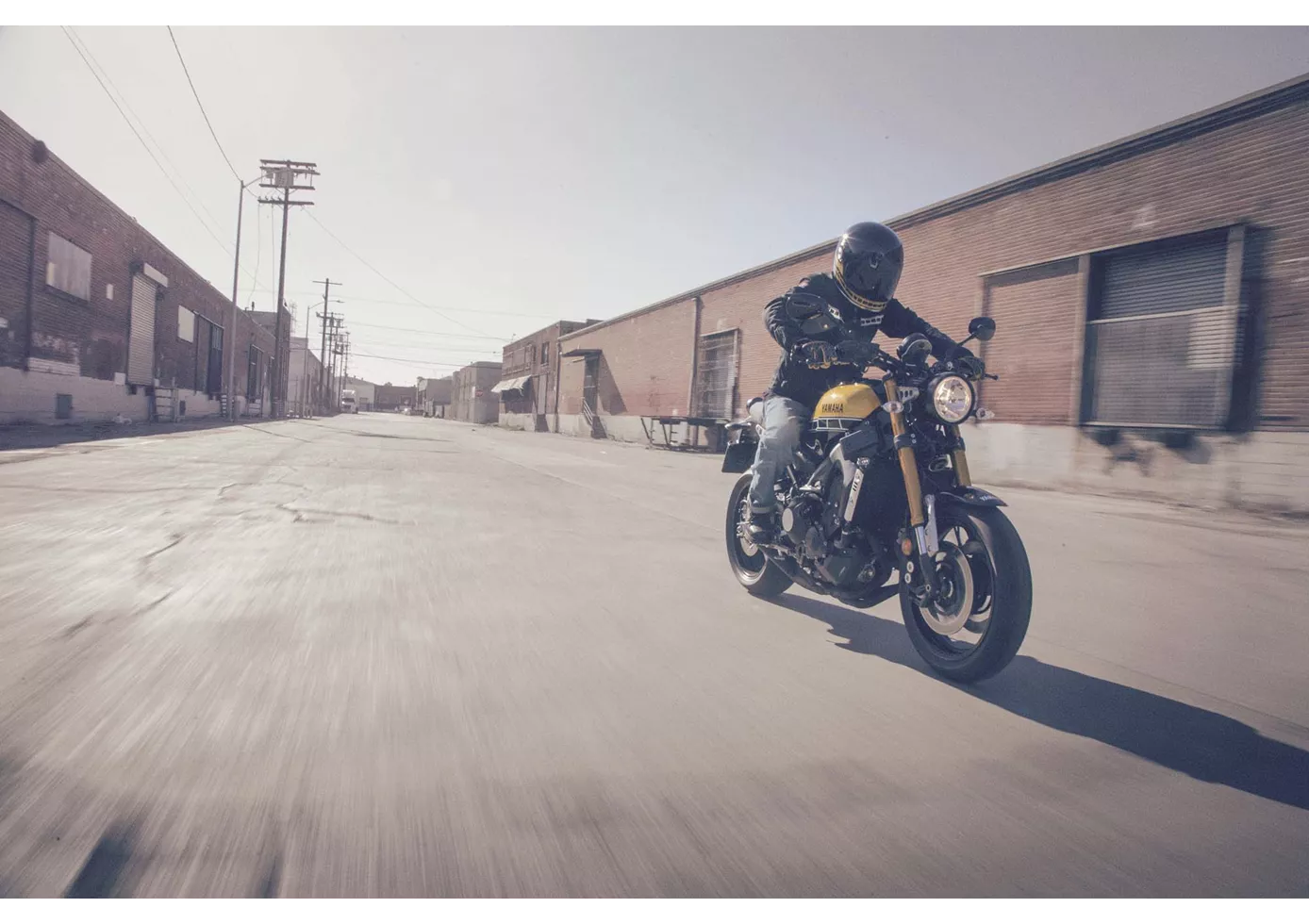
La XSR900 allie les performances d'un streetfighter sportif à l'esthétique d'un naked bike rétro aux finitions soignées. Pour ce faire, les Japonais se servent de leur propre histoire, qui se trouve concentrée et sans faille dans les archives de l'agence de design travaillant depuis 60 ans pour Yamaha. Elle reprend les vertus de la MT-09 et a corrigé quelques-unes de ses faiblesses. Elle se conduit de manière plus harmonieuse, plus contrôlée et, si on le souhaite, plus détendue. Seul le confort, et donc le pilote, souffre de la fermeté du châssis sur les mauvaises routes. Il faut être capable de souffrir un tout petit peu avec un néo-classique.
Kawasaki Z900 RS 2018
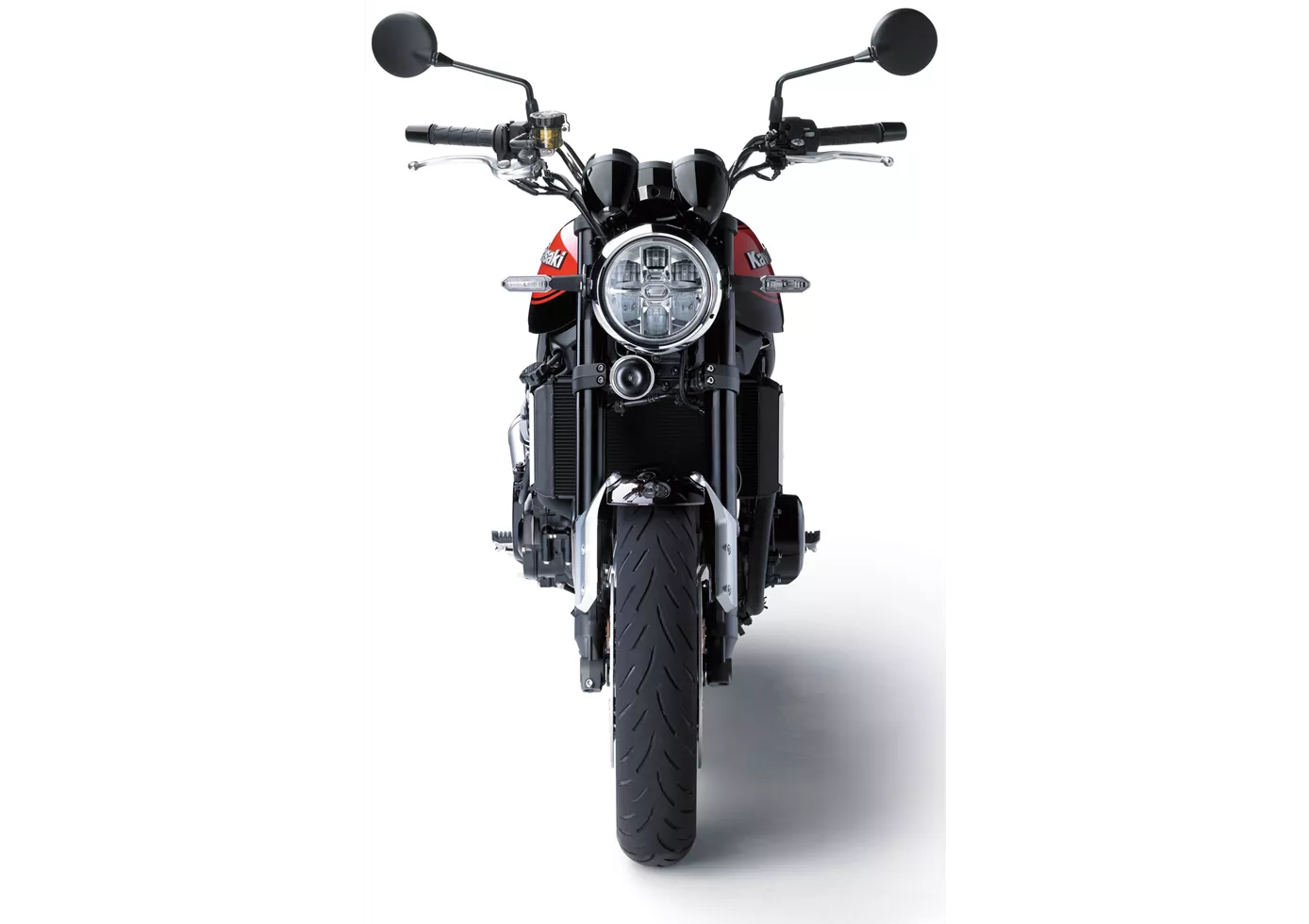
Son quatre cylindres est doux comme de la soie et fournit en même temps suffisamment de puissance pour faire sourire sous le casque. De plus, elle est très facile à déplacer, ce qui devrait en faire un excellent véhicule de banlieue au quotidien et un funbike culte le week-end. L'optique trouve le juste milieu entre le design classique et les détails modernes pour former un ensemble rétro cohérent, qui est en même temps un hommage digne de l'histoire de Kawasaki. C'est une superbe nakedbike à l'allure élégante.
Comparaison des prix Prix moyen du marché Yamaha XSR900 vs Kawasaki Z900 RS
There are a few key differences between a Yamaha XSR900 2016 and a Kawasaki Z900 RS 2018. In terms of price, the actual average price of a Kawasaki Z900 RS 2018 is about 80% higher. A Yamaha XSR900 2016 experiences a loss of 1,650 USD in one year and 1,670 USD in two years of ownership. This is offset by a loss of 900 USD and 1,070 USD for a Kawasaki Z900 RS 2018. Compared to Kawasaki Z900 RS 2018 there are less Yamaha XSR900 2016 bikes available on the 1000PS.de Marketplace, specifically 5 compared to 28. It takes less time to sell a Yamaha XSR900 with 77 days compared to 154 days for a Kawasaki Z900 RS. Since model year 2016 1000PS.de editors have written 30 reviews for the Yamaha XSR900 and 26 reviews for the Kawasaki Z900 RS since model year 2018. The first review for the Yamaha XSR900 was published on 11/25/2015 and now has more than 17,600 views. This compares to more than 63,700 views for the first review on Kawasaki Z900 RS published on 9/6/2017.

